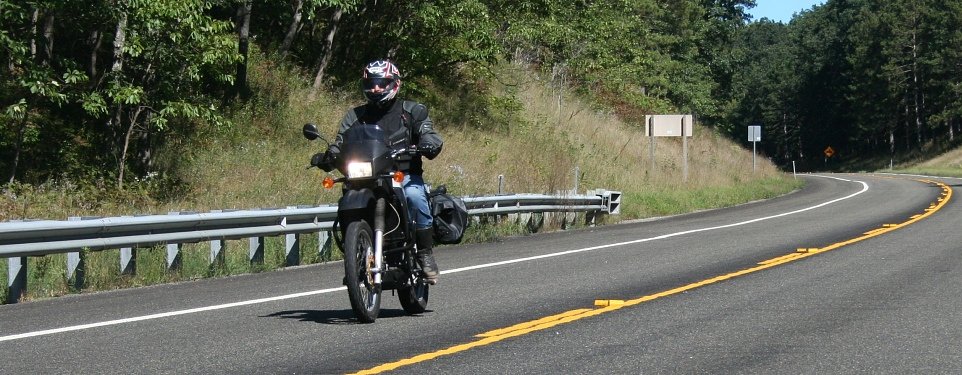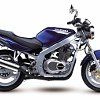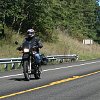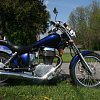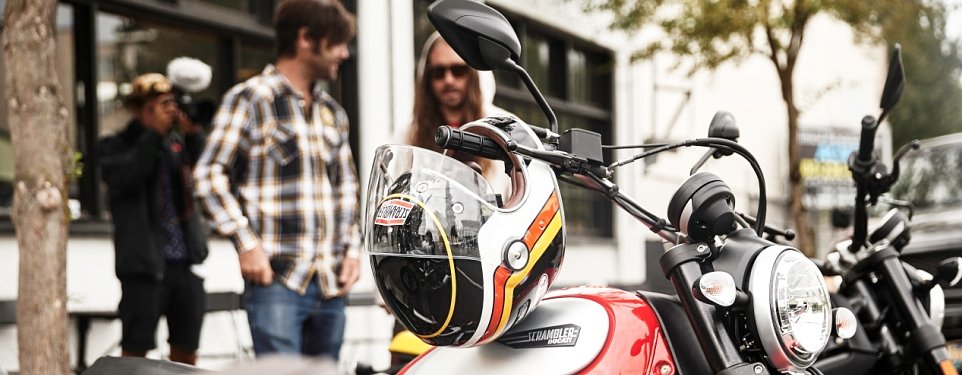Lately, the motorcycle industry has focused on offering motorcycles that appeal to the Millennial generation. But the Millennials are not the youngest cohort entering or nearing legal riding age. Enter Generation Z.
Generation Z (aka post-Millennials) consists of those born after the mid-1990s. A significant portion of this generation is in their late teens and early 20s. They are old enough to ride but, for the most part, are too young to purchase a new or late-model motorcycle. Faced with student loan debt that rivals, if not surpasses, that of Millennials, members of Generation Z who wish to ride (as their older Millennial brothers and sisters did) will probably have to go bargain hunting.
Millennials flocked to affordable bikes of the 1970s and early 1980s, mainly Japanese standards (UJMs). However, examples of these 35-to-45-year-old bikes are fast becoming scarce commodities. This begs the question: What bikes might Generation Z ride?
Considering many Generation Z riders lack riding experience (in addition to wrenching experience), I expect they will choose bikes that are not only cheap to buy but easy to ride and maintain. I think they’ll be looking for a certain style. They tend not to be interested in sport bikes or big, chromed cruisers.
Here are some of the bikes that I think the next generation will buy, modify and ride.

Street twins
While there are a lot of capable and affordable four-cylinder bikes from the 1980s and 1990s, like the Suzuki Bandit, Honda Nighthawk 750 and Yamaha Seca II, young modders often prefer twins for ease of maintenance. That still leaves some interesting candidates.
There is already a cult following among modders for the first-generation Yamaha Virago, but another alternative is the Suzuki VX800. It’s a forgotten member of the family, a liquid-cooled, shaft-drive sporty standard built around the V-twin engine of the Intruder cruiser and sold in the United States from 1990 to 1993. The shared drivetrain with the Intruder means parts are available. A VX800 actually compares fairly well with a new Yamaha SCR950, a current retro model, and the Suzuki can obviously be had much cheaper. It’s a café racer, brat or scrambler waiting to be built.

Another twin option is the Suzuki GS500E. What is remarkable about the GS500E is that there is nothing remarkable about it. It has an unremarkable, air-cooled 487 cc engine, producing an unremarkable 40 to 50 horsepower (depending on whose numbers you believe). Reviewers back in the day lauded its handling and brakes. The liquid-cooled Kawasaki Ninja 500 was a better bike, but I wonder if its styling will turn off potential Generation Z buyers.
Big dual-sport singles
There are a number of big, single-cylinder dual-sports that are easy to maintain and cost about a dime a dozen: the Kawasaki KLR650, Honda XL600, Yamaha XT600, Suzuki DR600 and DR650. They could become particularly attractive to Generation Z, as these bikes are equally competent at tearing along trails and navigating the rough terrain of the urban jungle. As interest increases in making the new scramblers more capable in the dirt (such as the Ducati Scrambler Desert Sled), any one of these bikes could be built into a competent, poor man’s Desert Sled, without much effort. Or, it can be modified to be an adventure-tourer or for urban use, with street-oriented tires.
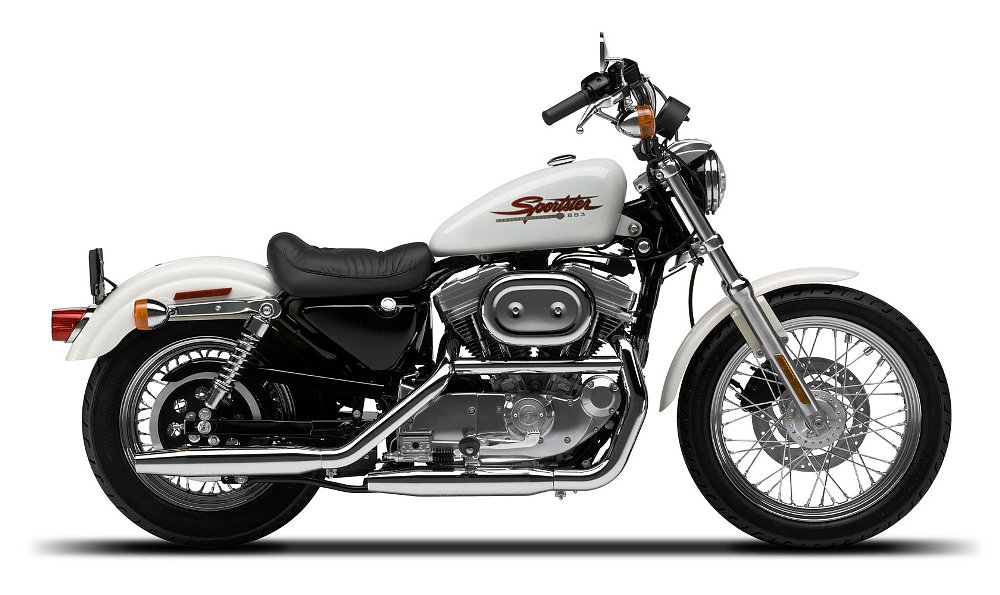
Sportsters and singles
I expect that listing the Harley-Davidson Sportster 883 will create a stir in the comments section, but please hear me out. If there is any bike out there that is truly a blank canvas, it is the Sporty. It’s plentiful and it has huge aftermarket support, so it can be modified endlessly: café racer, tracker, scrambler, brat bike or cruiser, the Sporty can do it. Good examples of the 883 Sportster can be had for relatively little coin and pre-1991 four-speed Evo Sporties are cheaper, still.
The 883 Sportster is often derided by hardcore Harley-Davidson fans as “not a real Harley,” but that could be seen as a plus by Generation Z. Younger people of nearly every generation have had an air of counter-culture about them, and embracing a Harley that Harley people disdain might have an appeal all its own.
One bike that has already become popular among modders is the Suzuki Savage. The Honda Ascot FT is older than my other examples (last sold in 1983), but remember that the FT stands for “flat track.” So both it and its brother, the Ascot VT V-twin, are no-brainer candidates for a scrambler or tracker project.

Why do we care?
As we have seen during the past decade, in spite of their relatively low participation in motorcycling, young people are driving motorcycle trends in the new-motorcycle market. From café racers, to retro-standards to scramblers, the trends that emerge from shops in Portland or Brooklyn are influencing designers in Iwata, Bologna, Hinckley and elsewhere.
I don’t expect this to be the definitive list of the used bikes that will be used as a canvas by the next generation of builders, modifiers and trendsetters, but I hope it starts a good discussion about the next wave of customization. What do you think we’ll see young people building in the coming years and reflected in the new motorcycles offered for sale a decade later?




